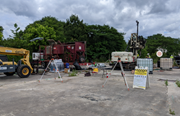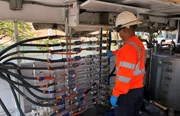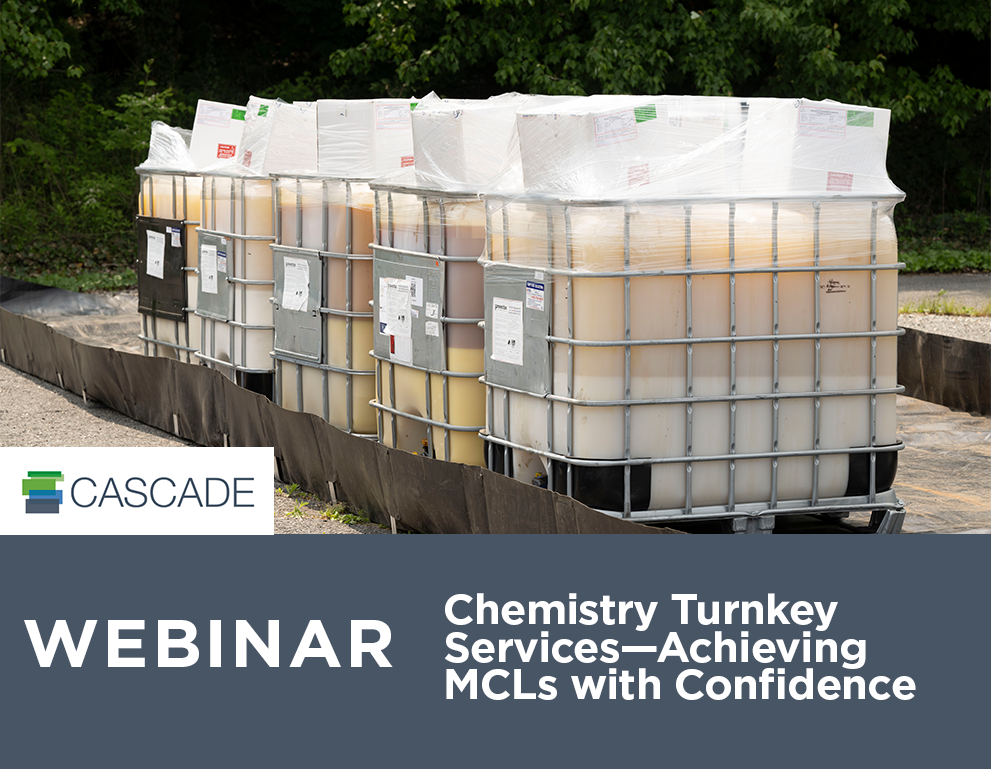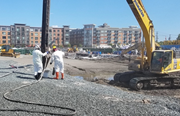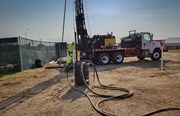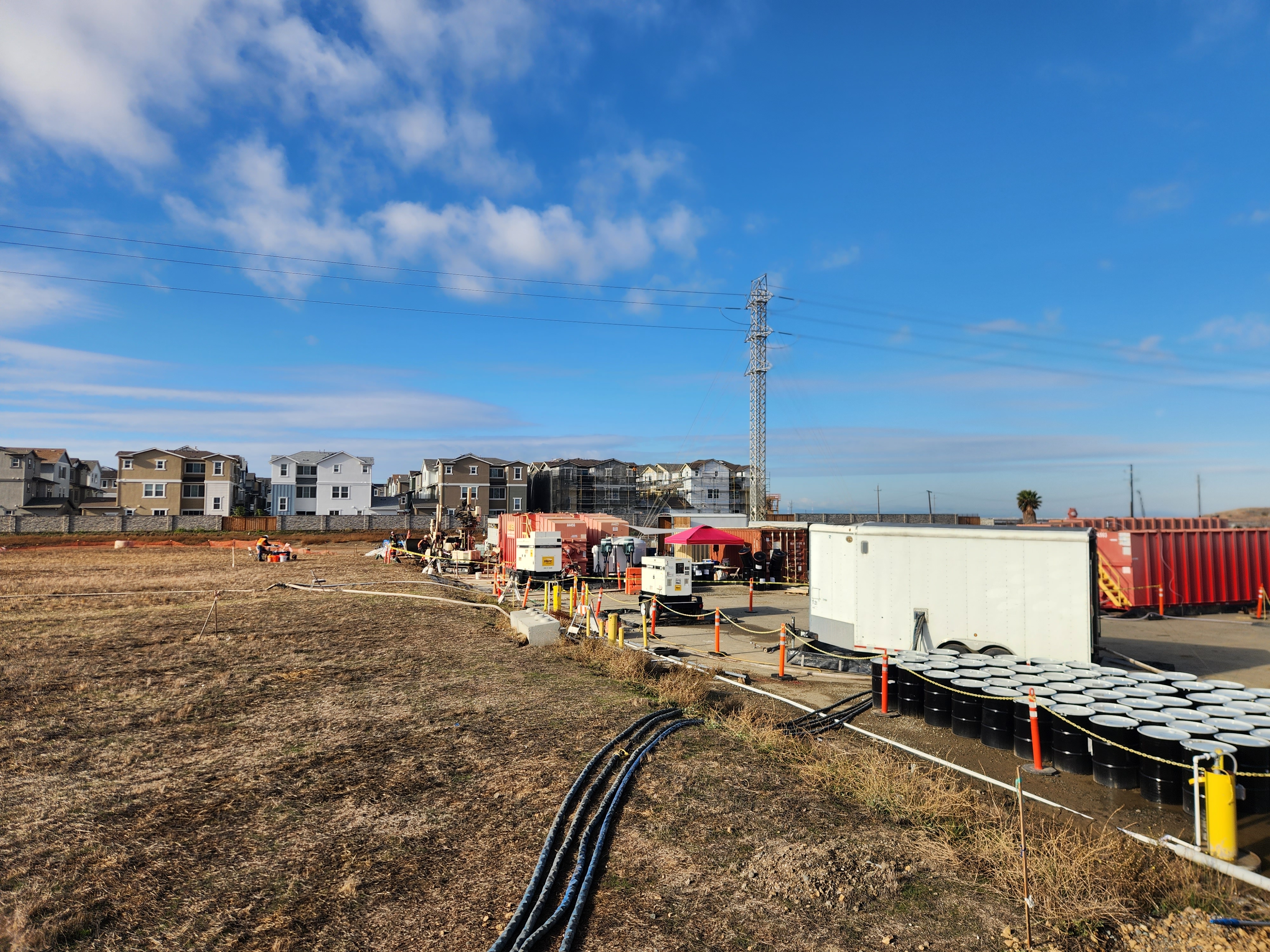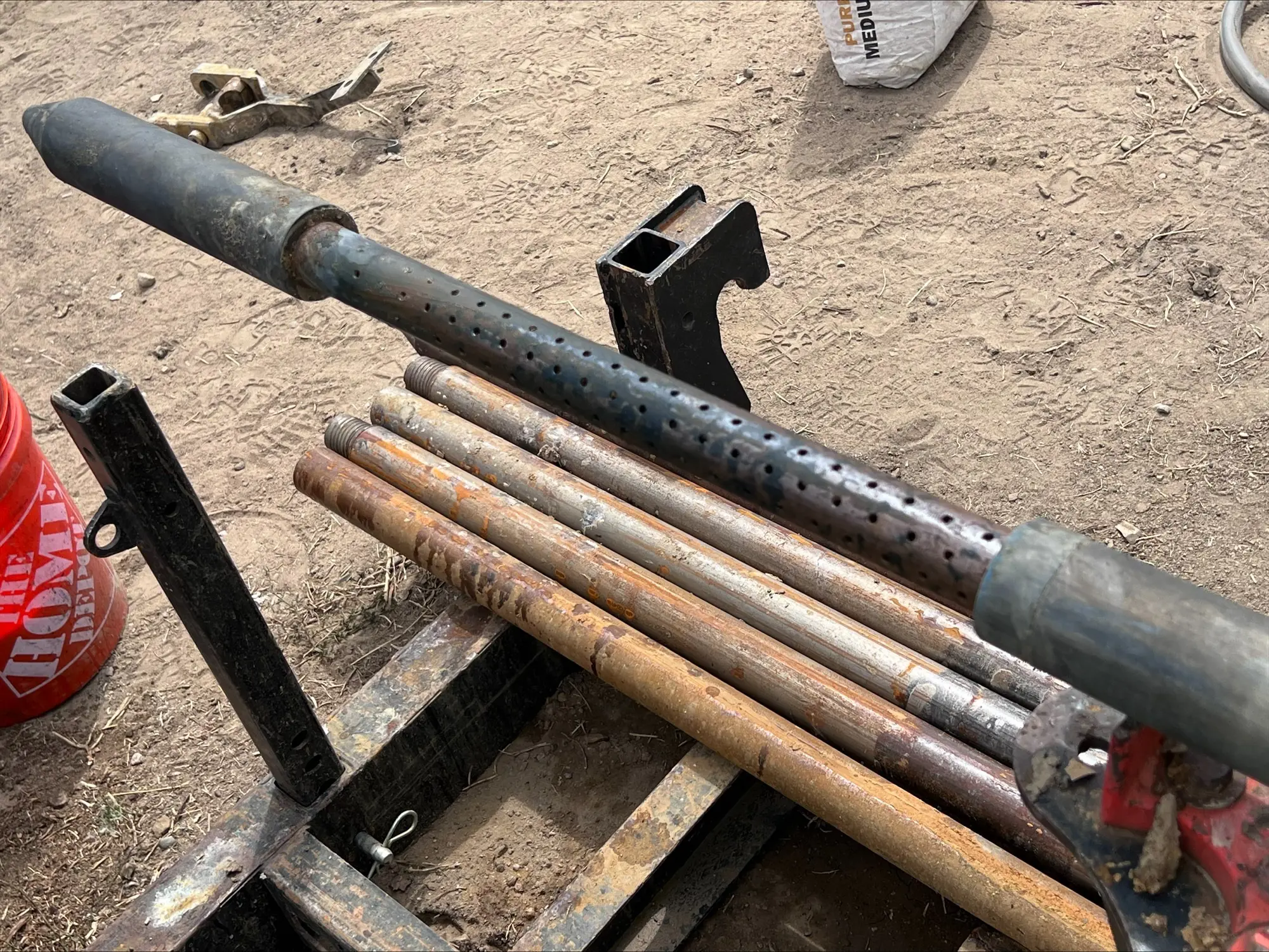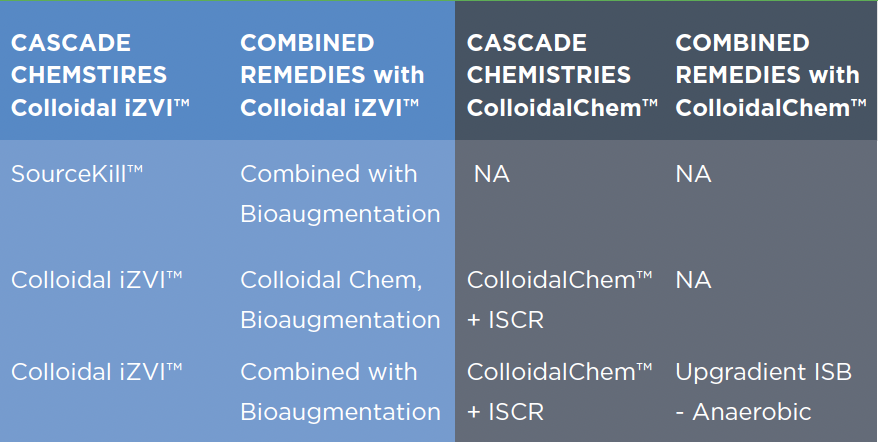Answers to Your Questions about Liquid & Solid Amendments and Pumping & Delivery Systems
By: Eliot Cooper, Eric MoskalIf you’re approaching a remediation project with injection in mind, you face a wide variety of options for liquid and solid amendments as well as pumping and delivery systems. The best approach depends on many factors, including how the contaminant mass is distributed and in what geologies, the ability to distribute amendments effectively to achieve contact, and the residence time within the contact zone.
We received the following real-life questions about injecting amendments from attendees at our recent webinar, How to Select Liquid & Solid Amendments and Pumping & Delivery Systems Based on MIHPT Data? The answers were provided by Cascade’s Vice President, Technology and Business Development, Eliot Cooper, and Eric Moskal, Technical Expert.
How do you evaluate the capacity of the soil to accept injected amendments?
Design optimization testing is critical. Before moving to full scale with the selected amendment or a group of possible amendments, we want to get to the site and inject a certain flow rate, pressure, and volume we define. At the same time, we typically have a pressure transducer in a neighboring well to gauge mounding. In this way, we can determine the total volume that the formation can accept.
Seepage velocity can be a complication. In low seepage velocity sites, we must inject a lot more volume, but that raises the concern that we will be pushing contamination out of the treatment zone. In those cases where we can achieve good pump extraction rates from the treatment zone, we will generally use an extraction-injection recirculation system to get the design volume into the formation while maintaining hydraulic control.
During the webinar, you provided an overview of injection pump types and the pros and cons of each. Do you have experience using variable frequency drives (VFDs) on injection pumps?
In our experience using VFDS, they get two thumbs up! A VFD gives you a lot more control over the pressure and flow out of the pump, as opposed to just having the pump on and then trying to control flow and pressure with ball valves manually.
What is the best way to deliver an amendment in a water-bearing zone that is shallow, such as five to seventeen feet below ground surface, confined, capped by five feet to seven feet of thick clay, and low permeability, so silty or clay-like sand?
Under those conditions, we recommend soil mixing unless there's some reason why the surface can't be compromised, like an existing structure or utilities. Soil mixing is really going to give you the best contact in that kind of material.
If you're looking for injection only, the five to seven-foot thick clay cap at least gives us the opportunity to do a higher-pressure fracturing approach to create permeability in the lower silty or clay-like sand target zone. We could do either hydraulic or pneumatic fracturing to deliver the amendment in this zone.
How do you keep the injection from fracturing?
It's all about injection pressure. Again, we’ll use a design optimization test to measure pressure versus flow, and we can identify a fracture based on the pressure versus flow performance. Then we set the parameter for injection pressure, which may be different intervals in different locations at a site. That’s the best way to prevent a fracture when you're trying to maintain good distribution of a liquid amendment into a transmission zone.
Is it possible to “over-amend” a site?
Yes, you definitely can over-amend. There are certain negative outcomes from, for example, injecting too much of a carbon substrate can have an adverse impact on the native bacteria There can also be excessive costs associated with trying to put in too much of an amendment to treat all the contaminant mass in one event. You are wasting chemistries because they’ll fizz out before the full dynamics of matrix back diffusion have run their course. We’ve seen it done when someone wants to get the remediation done in one event and thinks the best course is taking the biggest possible hammer to the task. But that can be an ineffective and costly approach. You need to have a good design basis for actually amending the right amount based on multiple considerations, including the soil type, contaminant mass sorbed to soil or in the NAPL phase, groundwater velocity, and amendment persistence.
Have other questions about injecting amendments, or want to learn more? You can watch the complete webinar on-demand, How to Select Liquid & Solid Amendments and Pumping & Delivery Systems Based on MIHPT Data. You’ll learn about:
- The power of membrane interface, hydraulic profiling tool technology (MIHPT)
- Our “Expert Rules” to evaluate MIHPT data, move into the remedial design phase and set reasonable expectations for outcomes
- Types of liquid and solid amendments and the pros and cons of each based on the lithology to be applied.
- Types of injection pumps and the pros and cons of each
Or contact us to schedule a time to chat.
About the Authors
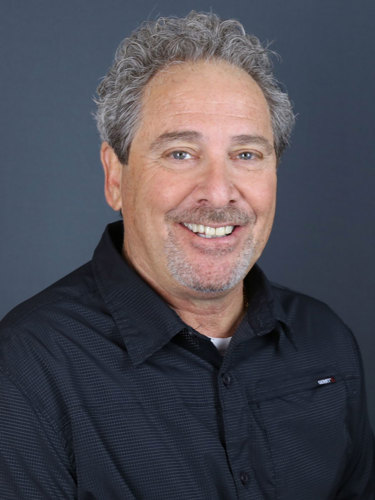
Eliot Cooper
Vice President, Technology and Business Development
[email protected]
Eliot Cooper is the Vice President of Technology and Business Development. In this role, he helps clients design efficient and cost-effective remedies using high resolution site characterization (HRSC) and a vast array of remediation options. His specialty is finding the right combination of tools and technologies for complex sites, and ensuring every step of the remediation process is optimized to achieve results. He is currently applying this experience to the new world of PFAS Characterization and Remediation.
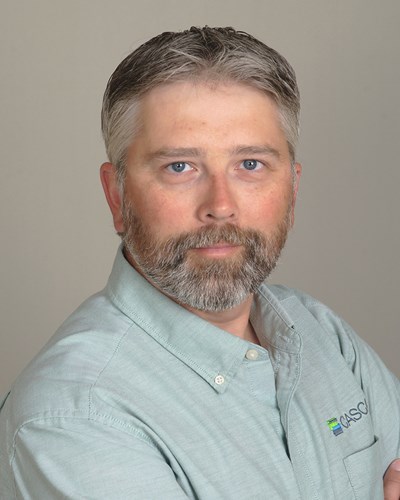
Eric Moskal
Technical Expert at Cascade Environmental
[email protected]
Eric Moskal is a Senior Project Manager at Cascade Environmental. He specializes in remediation projects that involve large scale, difficult locations and conditions, and low permeability geology. In this role, Eric collaborates with his clients to identify a cost-effective, site-specific methodology for delivering amendments that will achieve their remedial goals. Previous projects have included everything from the site of a former corner gas station to personal residences to large federal sites.
Eric is a national expert on pneumatic and hydraulic emplacement of chemical oxidants, zero-valent iron (ZVI) and combined ZVI-bioremediation remedies for complex chlorinated solvent sites, as well as remediation engineered activated carbon for complex petroleum sites. He also provides pneumatic permeability enhancement of finer grained soils to optimize soil vapor extraction (SVE) systems for both hydrocarbons and chlorinated solvents removal.

